In a world constantly chasing the new, the enduring allure of the past offers a fascinating counter-narrative. The phenomenon of vintage revival isn’t merely about replicating bygone eras; it’s a sophisticated act of reinterpretation, breathing new life into classic aesthetics and infusing them with contemporary sensibilities. This article delves deep into the multifaceted appeal of vintage revival, exploring its historical roots, its pervasive influence across diverse design disciplines, and the underlying reasons for its enduring popularity. We’ll examine how designers, artists, and consumers are meticulously curating elements from the past to craft fresh, relevant, and utterly unique “new looks” for today.
The Enduring Charm of Vintage Revival
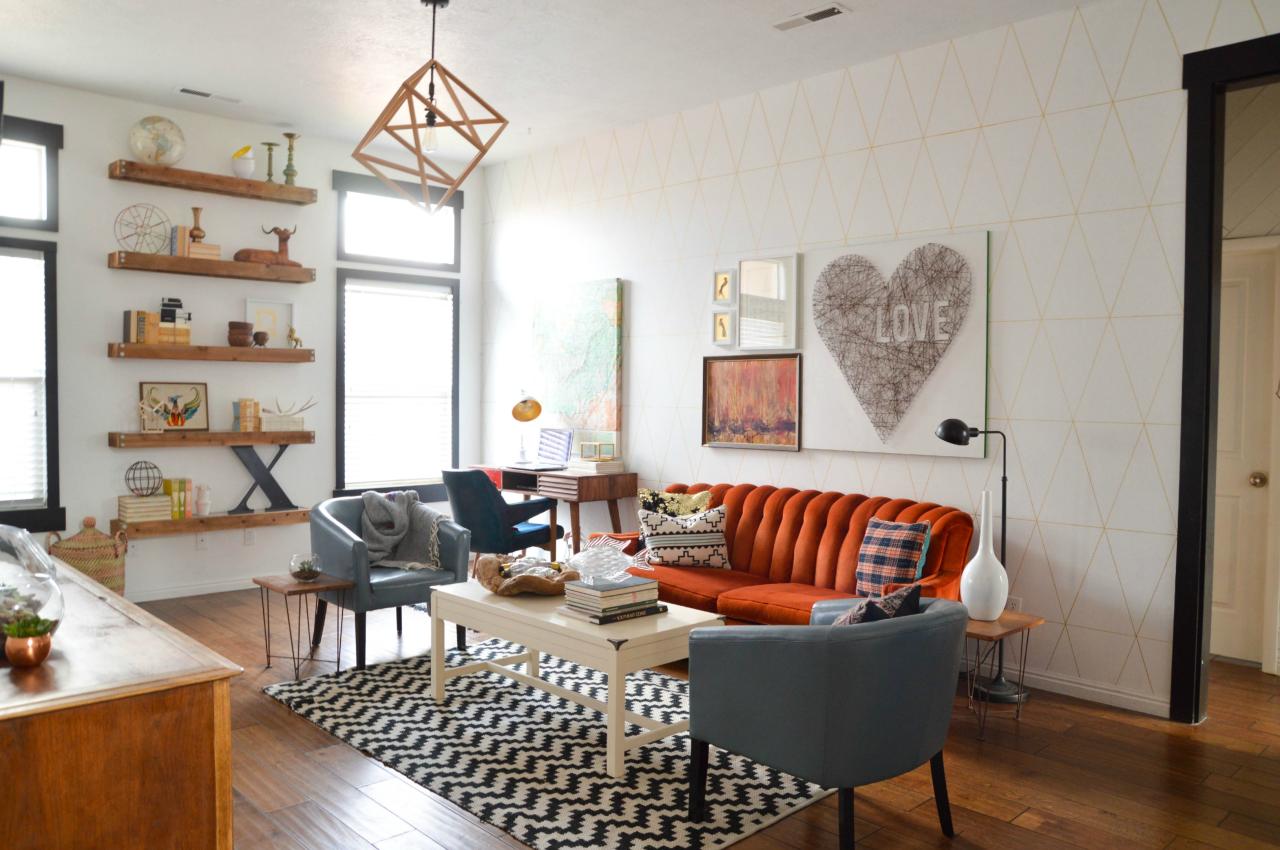
To grasp the power of vintage revival, one must first appreciate the historical and psychological underpinnings of our fascination with the past.
A. Nostalgia and Escapism: In times of rapid change or uncertainty, looking back to perceived simpler or more glamorous eras offers comfort and a sense of continuity. Vintage aesthetics evoke a longing for the past, acting as a form of gentle escapism.
B. Craftsmanship and Quality: Older items often embody a level of craftsmanship and durability that can be rare in mass-produced modern goods. The appreciation for well-made, long-lasting items fuels the desire for vintage.
C. Uniqueness and Individuality: In a homogenized market, vintage pieces offer unique character and a story, allowing individuals to express their personal style and stand out from the crowd. They are a tangible link to history.
D. Sustainability and Circularity (Early Forms): Long before “sustainability” became a buzzword, the act of reusing, repurposing, and valuing existing items was a practical necessity. The current embrace of vintage aligns perfectly with modern ecological concerns.
E. Cyclical Nature of Trends: Design trends, much like fashion, are inherently cyclical. Elements, forms, and colors from past decades regularly re-emerge, albeit often reinterpreted for a contemporary context.
F. Cultural Memory and Identity: Vintage elements can evoke shared cultural memories, connecting individuals to collective histories and contributing to a sense of identity. This is particularly true for items from culturally significant periods.
Understanding these foundational drivers helps explain why the “vintage revival” is more than a fleeting trend; it’s a cultural phenomenon rooted in our shared human experience.
Vintage’s Pervasive Influence Across Design Disciplines
The reach of vintage revival is remarkably broad, permeating nearly every creative field and shaping contemporary aesthetics in profound ways.
I. Interior Design
In interior design, the vintage revival is about creating spaces that feel lived-in, layered, and full of personality, eschewing sterile perfection.
A. Mid-Century Modern Encore: Furniture and decor from the 1950s and 60s (think clean lines, organic shapes, and iconic materials like teak and velvet) continue to dominate, celebrated for their timeless appeal and functional beauty. The “new look” involves mixing these pieces with contemporary art or minimalist backdrops.
B. Art Deco Glamour Reimagined: The opulent geometric patterns, metallic accents, and rich jewel tones of the 1920s and 30s are being reinterpreted in modern interiors through subtle wallpaper designs, luxurious fabrics, and statement lighting.
C. Bohemian Rhapsody (1970s): The relaxed, free-spirited aesthetic of the 70s, characterized by natural textures (macramé, rattan), earthy color palettes, and eclectic furnishings, is making a strong comeback, often infused with cleaner lines and less clutter than its original iteration.
D. Victorian Grandeur, Deconstructed: While full-blown Victorian might be too heavy for modern tastes, elements like ornate moldings, reclaimed fireplaces, and velvet upholstery are being selectively integrated into contemporary spaces for a touch of refined drama.
E. Industrial Chic from Early 20th Century: The raw, utilitarian aesthetic of old factories and warehouses – exposed brick, metal fixtures, reclaimed wood – remains popular, often softened with natural textiles and warm lighting in modern loft conversions and commercial spaces.
F. Granny Chic and Grandmillennial: A playful embrace of chintz, floral patterns, needlepoint, and antique furniture, often juxtaposed with modern elements, represents a rebellion against minimalist trends and a celebration of inherited style.
The “new look” in vintage interior design is less about recreating a period room and more about carefully layering elements from different eras to create a rich, personalized narrative.
II. Fashion and Apparel
The fashion industry is perhaps the most obvious canvas for vintage revival, with trends continually referencing and reinterpreting past decades.
A. Y2K Resurgence: The early 2000s aesthetic, characterized by low-rise jeans, crop tops, tiny handbags, and playful accessories, has made a dramatic return, driven largely by Gen Z. This “new look” often involves a cleaner, more tailored interpretation of the original.
B. 1990s Minimalism and Grunge: The sleek, understated silhouettes of 90s minimalism (slip dresses, simple denim) and the rebellious anti-fashion of grunge (flannel shirts, ripped jeans) are constantly referenced, often paired with contemporary cuts and fabrics.
C. 1980s Power Dressing and Athleisure: The bold shoulders, vibrant colors, and exaggerated silhouettes of the 80s, alongside the rise of branded sportswear, are being reinterpreted in modern workwear and casual attire, often with a more refined edge.
D. 1970s Boho Chic: Flared trousers, peasant blouses, platform shoes, and earthy tones remain popular, infused with a more tailored approach than their original, often less structured, counterparts.
E. 1960s Mod and Space Age: The geometric patterns, A-line silhouettes, and futuristic elements of the 60s are often seen in contemporary collections, adapted with modern textiles and less rigid forms.
F. Sustainable Fashion’s Embrace of Vintage: The growing awareness of fashion’s environmental impact has fueled the popularity of buying actual vintage clothes, upcycling old garments, and designing new pieces with a “vintage feel” using sustainable materials.
Vintage fashion offers a vast lexicon for designers to draw upon, allowing for endless reinterpretation and personalization, ensuring that the past is always present on the runway and in street style.
III. Graphic Design and Branding
In graphic design and branding, vintage aesthetics lend a sense of authenticity, trustworthiness, and unique personality.
A. Retro Typography: The distinctive fonts of past eras – from Art Deco serifs to bold 70s sans-serifs and pixelated 80s computer fonts – are being widely re-employed to evoke specific moods and target niche demographics.
B. Mid-Century Modern Illustrations: Clean, simplified illustrations with limited color palettes, reminiscent of 1950s and 60s advertising, are popular for their timeless charm and clear communication.
C. Gradients and Neon from the 1980s: The vibrant, often garish, color gradients and neon glows of the 80s are making a comeback in digital interfaces, packaging, and branding for their playful and energetic appeal.
D. Distressed Textures and Aged Effects: Applying filters and textures that mimic the wear and tear of time (e.g., faded colors, paper creases, halftone dots) adds character and a handcrafted feel to modern designs.
E. Vintage Packaging Inspiration: Brands are drawing inspiration from old product packaging, using classic layouts, muted color schemes, and nostalgic imagery to create a sense of heritage and quality.
F. Skeuomorphism’s Subtle Return: While not a full-blown return to the heavy skeuomorphism of early digital design, there’s a subtle re-introduction of tactile textures and realistic shadows to make digital interfaces feel more grounded and less flat.
Vintage graphic design taps into collective memory, creating an immediate emotional connection with consumers and lending a sense of established credibility to new brands.
IV. Product Design
In product design, vintage revival is about honoring classic forms while integrating contemporary functionality and sustainable materials.
A. Retro-Inspired Electronics: From record players with Bluetooth connectivity to cameras with vintage aesthetics but digital capabilities, product designers are blending old-school charm with modern tech.
B. Classic Appliance Forms with Smart Features: Kitchen appliances like refrigerators, toasters, and blenders are being designed with nostalgic shapes and colors but incorporate smart technology and energy efficiency.
C. Furniture Reissues and Adaptations: Iconic furniture designs from mid-century masters are being reissued by original manufacturers or adapted by new designers, often with updated materials or slightly tweaked dimensions for modern living.
D. Handcrafted and Artisanal Revival: A renewed appreciation for handmade goods, drawing inspiration from pre-industrial craftsmanship, is leading to a resurgence of traditional techniques in ceramics, woodworking, and textiles.
E. Sustainable Material Integration: Vintage-inspired products are increasingly being made from recycled or upcycled materials, or durable natural resources, aligning with the sustainability aspect of conscious consumption.
The “new look” in product design celebrates the enduring beauty of past forms, making them relevant and desirable for today’s discerning consumers who value both heritage and innovation.
The Psychology Behind the Revival
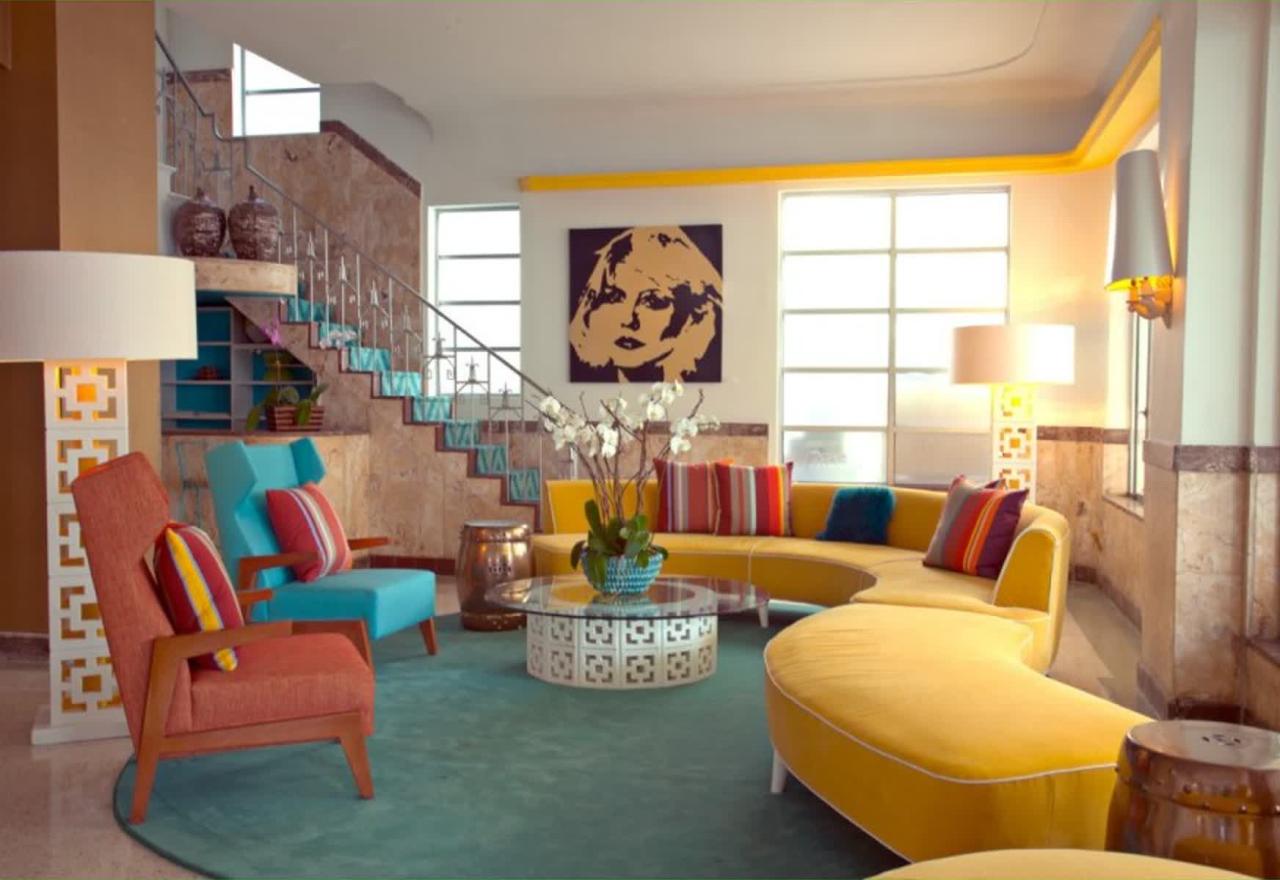
The resurgence of vintage aesthetics is more than just a passing fancy; it’s deeply interwoven with broader societal and psychological shifts.
A. Rebellion Against Digital Overload: In an increasingly digital and often impersonal world, vintage offers a tactile, tangible connection to the past. It provides a sense of grounding and authenticity missing from purely digital experiences.
B. Search for Authenticity and Narrative: Consumers are increasingly looking for products and experiences with a story, something that feels genuine and unique. Vintage items inherently possess this narrative quality.
C. Conscious Consumption and Sustainability: The “buy less, choose well, make it last” mantra of sustainable living perfectly aligns with the ethos of vintage. Reusing existing items reduces demand for new production and minimizes waste.
D. Personalization and Individuality: Mass production has led to a certain uniformity. Vintage items, often one-of-a-kind or produced in smaller batches, allow individuals to express their unique personality and curation skills, differentiating themselves.
E. Aesthetic Appreciation and Timelessness: Many vintage designs achieved a timeless quality due to their strong forms, thoughtful craftsmanship, and functional elegance. These designs continue to appeal across generations.
F. Economic Accessibility: For many, vintage offers a more affordable way to acquire unique, high-quality pieces compared to purchasing new designer items, democratizing access to good design.
G. Nostalgia as a Marketing Powerhouse: Brands leverage nostalgia to create emotional connections with consumers, tapping into a sense of warmth, familiarity, and positive past associations.
The confluence of these factors creates fertile ground for the continued flourishing of the vintage revival, indicating its role as a significant cultural movement rather than just a design trend.
Challenges and Considerations
While the vintage revival offers immense creative potential, designers and consumers must navigate certain challenges.
A. Avoiding “Costume” or Cliché: The risk lies in simply copying a past style without thoughtful reinterpretation, leading to designs that feel like a costume or a cliché, rather than a fresh take. True revival requires nuanced understanding and adaptation.
B. Balancing Authenticity with Modern Functionality: Integrating vintage aesthetics with contemporary functional requirements (e.g., modern wiring for old lamps, ergonomic considerations for retro furniture) can be a design challenge.
C. Material Sourcing and Sustainability Claims: While inherently sustainable, genuine vintage items are finite. When creating new “vintage-inspired” products, designers must ensure materials and production methods are genuinely sustainable and not just “greenwashing.”
D. Scalability vs. Uniqueness: The inherent uniqueness of true vintage items can be difficult to scale for mass production. Designers must find ways to replicate the “feel” without losing the special character.
E. Cultural Appropriation vs. Inspiration: When drawing from vintage aesthetics of different cultures, designers must be mindful of respecting cultural origins and avoiding appropriation without understanding context.
F. Market Saturation: As a popular trend, there’s a risk of market saturation with similar “vintage-inspired” items, making it harder for truly unique designs to stand out.
Overcoming these challenges requires a deep understanding of historical design, creative vision, and a commitment to genuine innovation rather than mere replication.
The Future of Vintage Revival
The vintage revival is not a static phenomenon; it’s a dynamic and ever-evolving conversation between past and present.
A. Hyper-Personalized Vintage: As AI and data analysis become more sophisticated, we might see algorithms helping consumers curate personalized vintage collections or suggesting new designs that perfectly blend specific historical elements with individual preferences.
B. Digital Vintage and NFTs: The concept of “digital vintage” – rare or iconic digital assets and NFTs that evoke a sense of history or classic digital aesthetics – is an emerging frontier.
C. Hybrid Designs: Expect to see even more sophisticated blending of elements from multiple eras, creating new, unclassifiable styles that are distinctly contemporary yet deeply rooted in history.
D. Emphasis on Craft and Repair: The appreciation for handmade, durable goods will only intensify, leading to a greater demand for skilled artisans who can restore, repair, and create high-quality, long-lasting products with a vintage sensibility.
E. Circular Economy Integration: The vintage revival will become an even more central pillar of the circular economy, with robust systems for repair, resale, and upcycling becoming mainstream.
F. Virtual Reality and Immersive History: Imagine stepping into a perfectly recreated 1920s speakeasy or a 1970s living room in VR, influencing future physical designs by allowing users to truly “experience” past aesthetics.
Conclusion
The vintage revival will continue to thrive because it speaks to fundamental human desires: a longing for authenticity, a celebration of history, and a commitment to sustainable living. It’s about creating spaces, objects, and identities that are both deeply resonant and forward-looking, proving that the past, when reinterpreted thoughtfully, always offers a compelling “new look.”

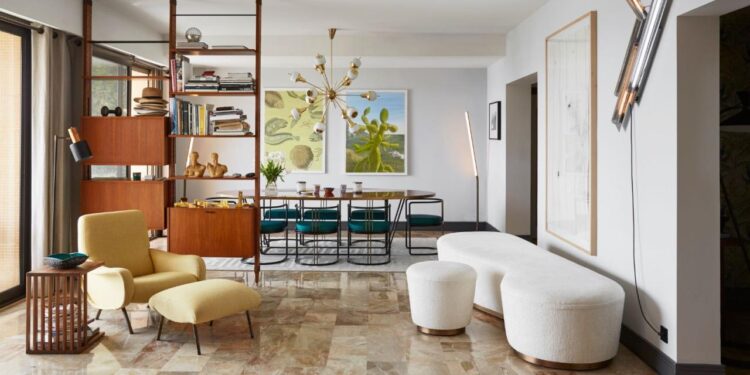
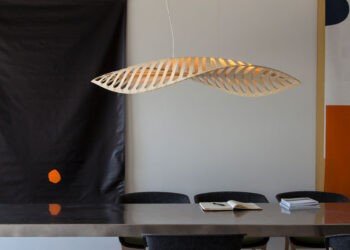


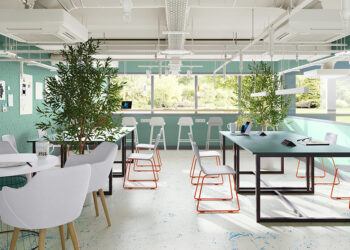

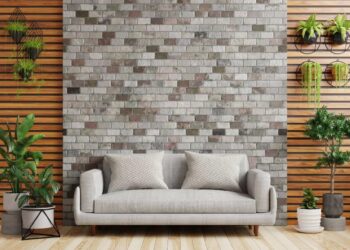

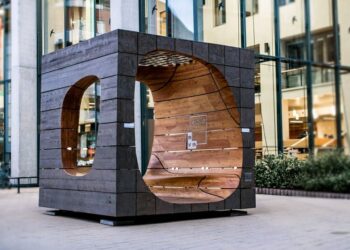

Discussion about this post